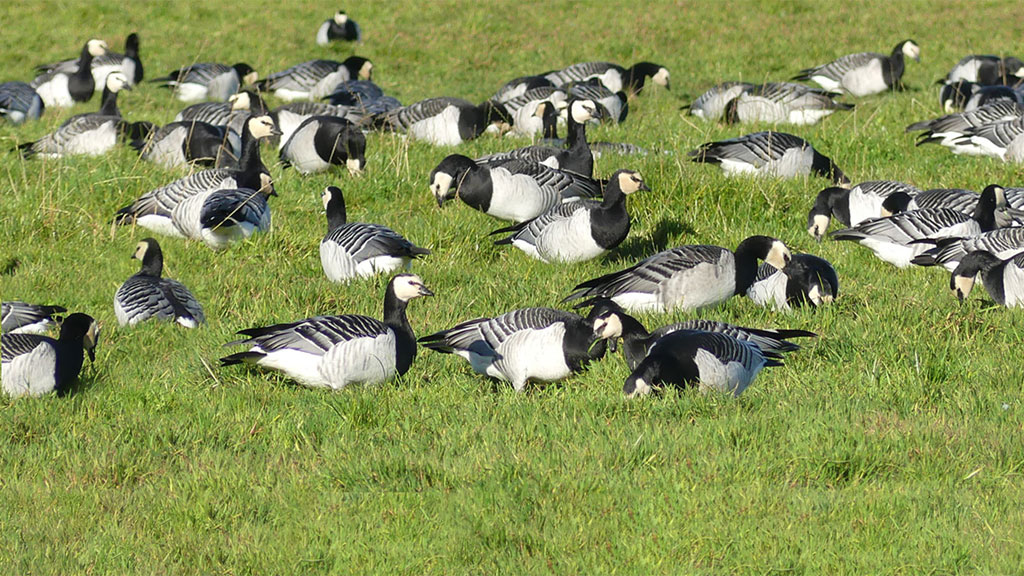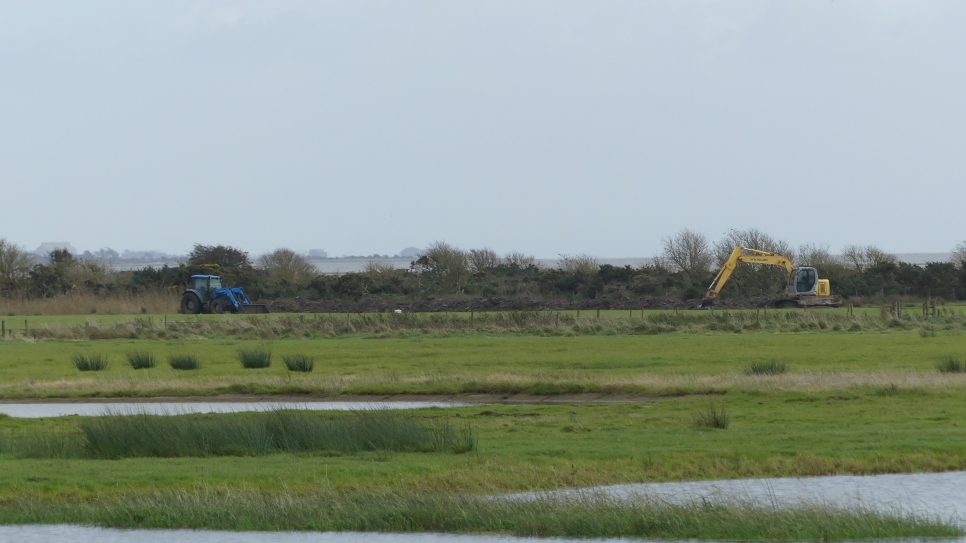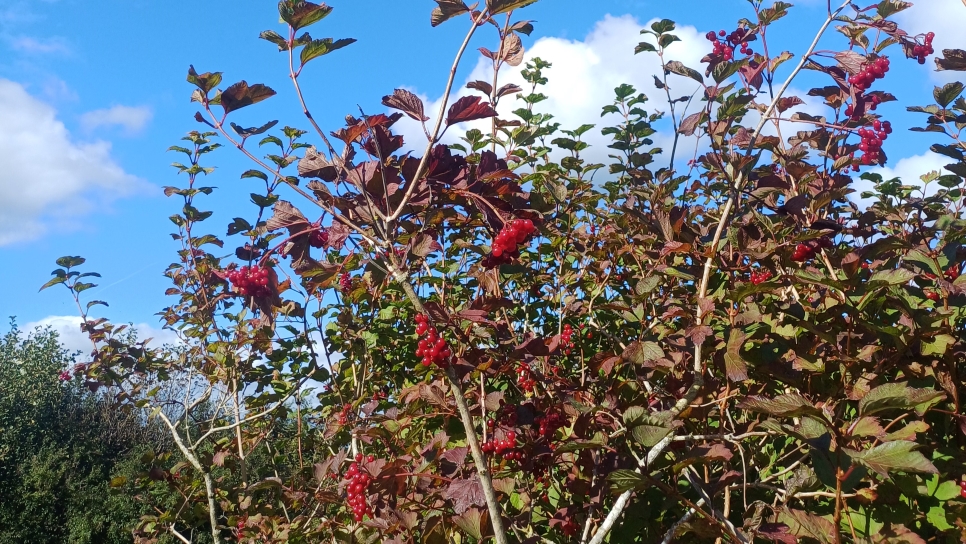It's a micro treasure hunt
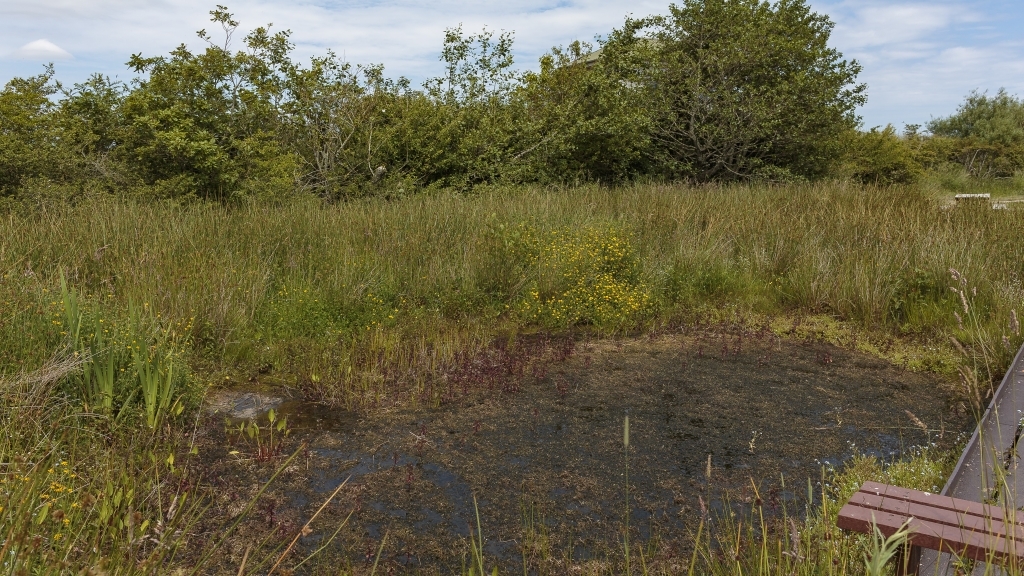
It’s autumn which means the wintering birds have begun to flock to the reserve. Watching the drama of the geese, swans and ducks on the surface of made me curious about the life underneath. So I collected a few jars of water from the ponds in the Paddocks and took them home to view under the microscope. Here is some of what I found.
1. Duckweed (Lemna minor)
 This is slightly cheating because you can see this plant all over the surface but the root and frond textures looked so beautiful I wanted to include it. The UK’s native duckweed (Lemna minor) is a free floating perennial plant that covers bodies of water in a thick green carpet. It is a source of food for many animals found on the reserve like moorhen, mallards and Canada geese. It also provides habitat to the semi-aquatic larvae of the small China-mark moth. The larvae feed on the plant and uses fragments of it to build floating cases.
This is slightly cheating because you can see this plant all over the surface but the root and frond textures looked so beautiful I wanted to include it. The UK’s native duckweed (Lemna minor) is a free floating perennial plant that covers bodies of water in a thick green carpet. It is a source of food for many animals found on the reserve like moorhen, mallards and Canada geese. It also provides habitat to the semi-aquatic larvae of the small China-mark moth. The larvae feed on the plant and uses fragments of it to build floating cases.
2. Water Silk (Spirogyra spp.)

This is a common algae found in fresh water. There are around 400 species within the genus and can easily be identified by the spiral of chloroplasts in the centre of the strand. You might have seen this in your high school biology classroom to illustrate oxygen production during photosynthesis. The gas can be seen as tiny bubbles trapped between strands of algae.
3. Copepod
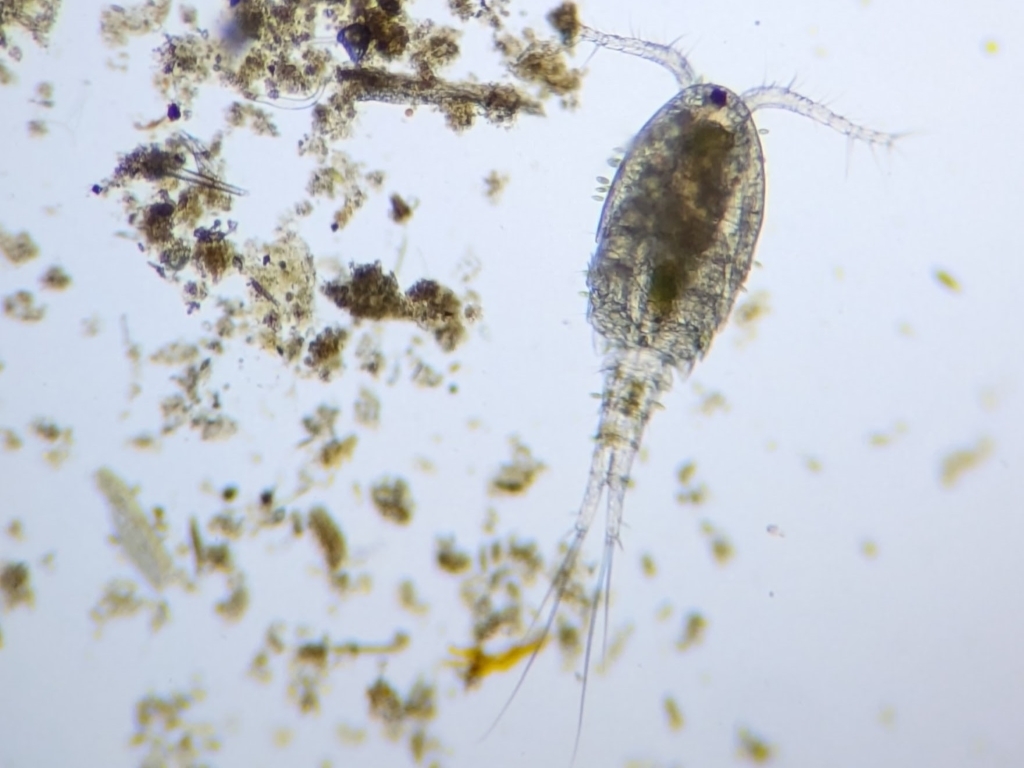
These micro-organisms are found in almost every type of water system, no matter the temperature or salinity. They have a very simple eye that detects light and large antenna covered in small sensory hairs called setae which it uses to detect changes in its environment. They feed on diatoms and other photosynthesizers in the water. Scientists have observed them eating 11,000 to 373, 000 diatoms a day!
4. Aeolosoma
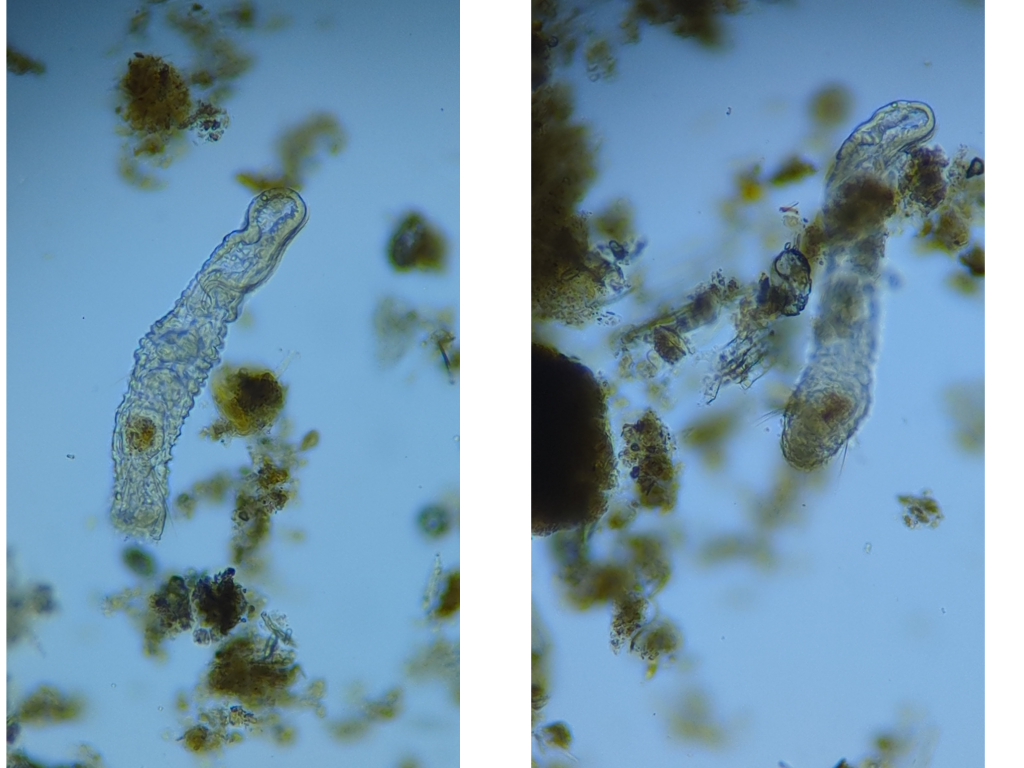
A genus of microscopic worm that lives in fresh water. They are transparent and covered in hairs up and down the side of their body. They can reproduce sexually but most reproduce asexually, dividing their bodies up at the end to create a clone of itself. They are the cleaners of the pond: their mouths are linked with cilia that wave around and enable the worm to suck up animal and plant debris.
5. Bdelloid rotifer

There are over 400 species of bdelloid. They live in droplets on mosses, soils or in temporary ponds which can dry out and force the rotifers to enter a suspended animation called ‘anhydrobiosis’. Some species are able to withstand exposure to high doses of radiation without experiencing negative effects.
Words and pictures by Annabelle Gurney
